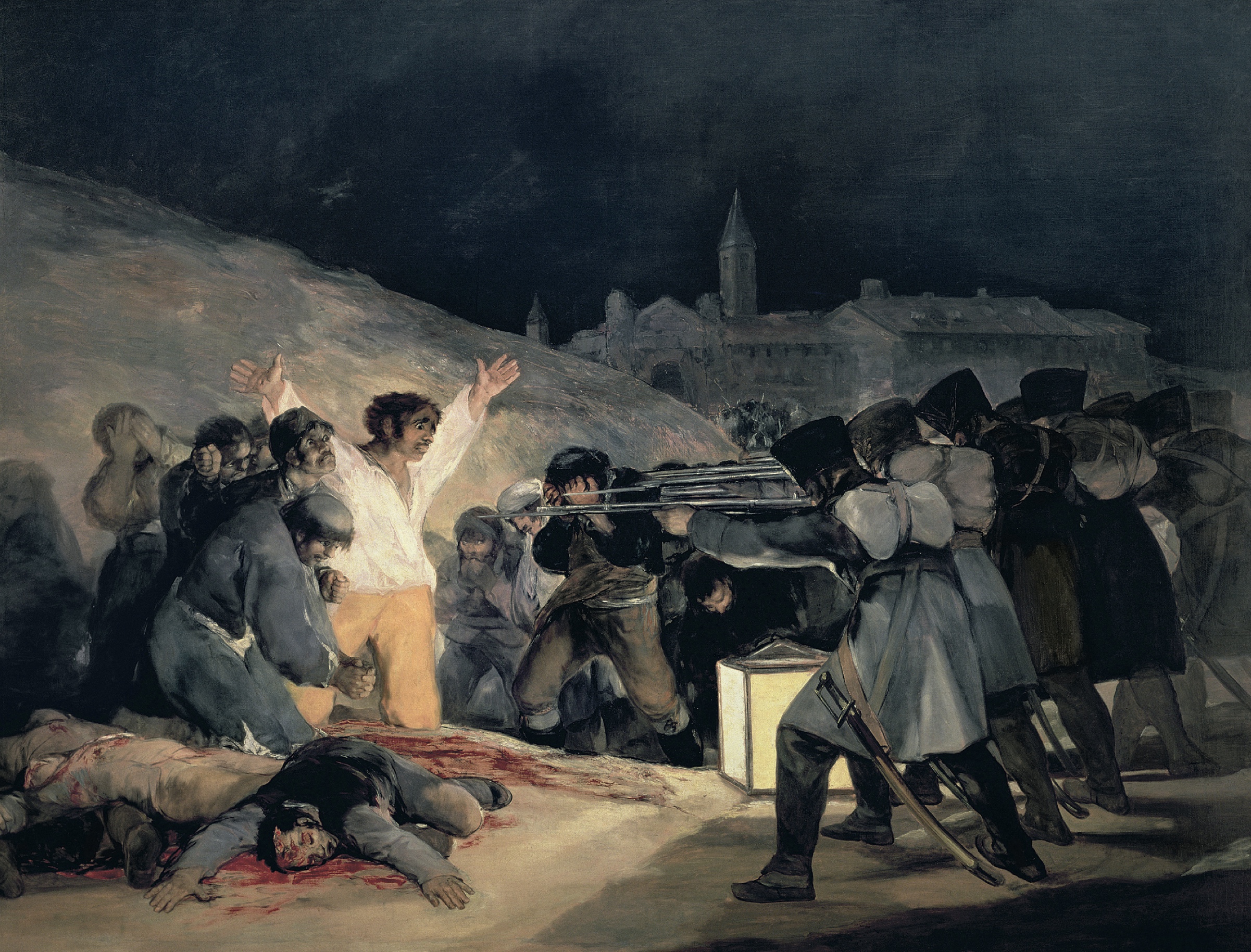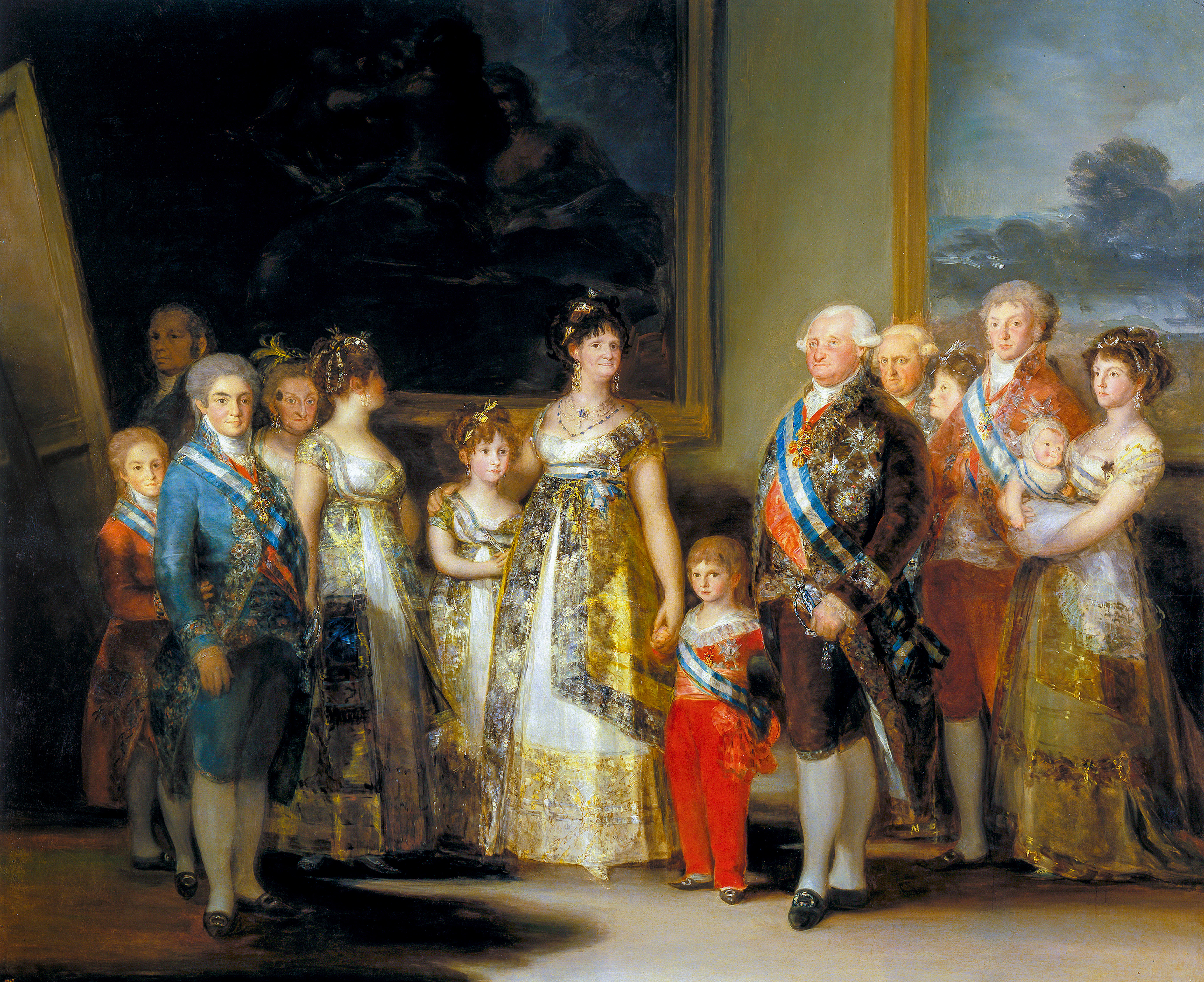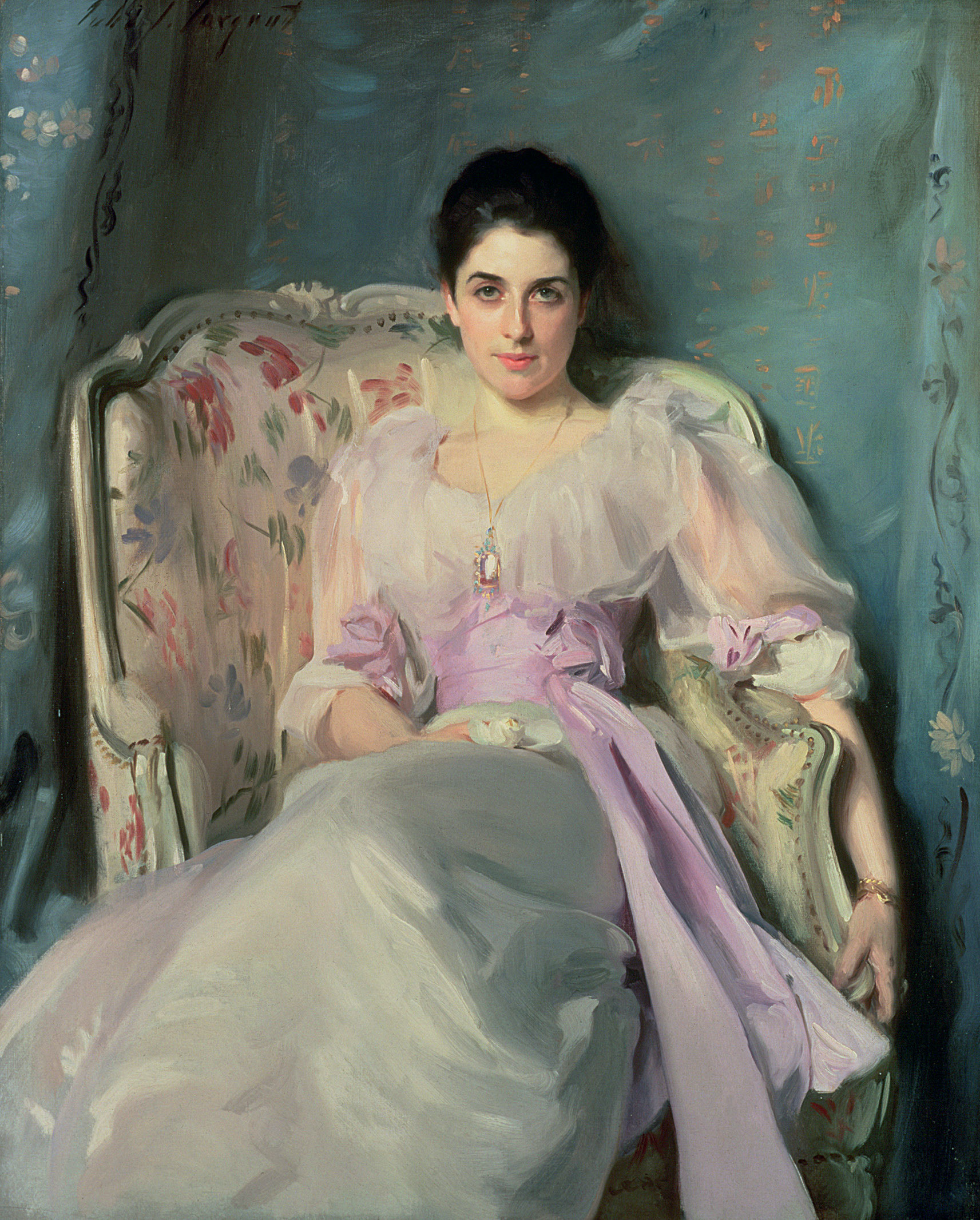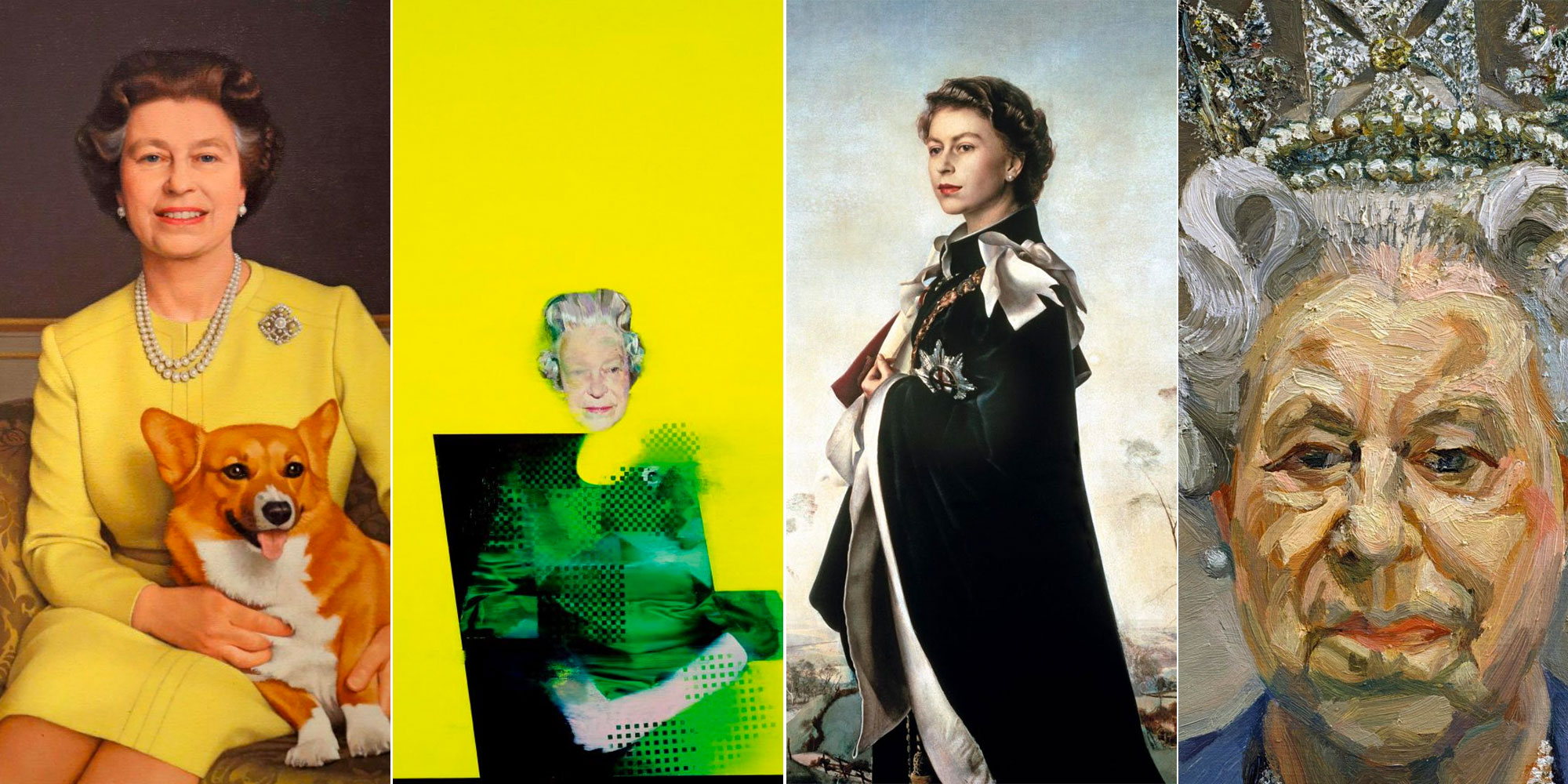My Favourite Painting: Alistair Smith
Alistair Smith, editor of The Stage, picks a dark and unsettling Goya that hangs in the Prado — yet was never intended to be put on display.


Alistair Smith on Witches’ Sabbath, or The Great He-Goat by Francisco de Goya
‘My favourite room in my favourite art gallery is the one that houses Goya’s Black Paintings in the Prado. These pieces were never intended for public view and the subjects and style are completely unlike the rest of Goya’s work, many of which are court portraits.
‘It’s the cumulative impact of these dark, mysterious and really quite troubling paintings that I love, but, if I were to choose one, it would be The Great He-Goat because it also makes me think of two of my other favourite works of art: Arthur Miller’s The Crucible and, with the animal head, Picasso’s Guernica.’
Alistair Smith is editor of The Stage, the author of two major industry reports, the London Theatre Report and the Theatre Workforce Review, and a founder of the My Theatre Matters! campaign.
Charlotte Mullins on Witches’ Sabbath, aka The Great He-Goat
Shrouded figures huddle together, their eyes bulging and their tongues poking out, faces scrunched with age. There’s a whole gamut of emotions expressed as they jostle for position. These genderless indeterminate witches are transfixed by the large horned figure who squats in front of them. A young woman on a dining chair sits opposite, her pale face thrown into relief by her black dress and veil.
What to make of this vast mural, one of 14 with which the Spanish court painter Francisco de Goya covered the walls of his house on the outskirts of Madrid? It could represent the devil as a horned goat being worshipped by witches on the Sabbath. But is the young woman a new initiate or a sacrificial victim? Experts cannot agree on the meanings of these highly personal and disturbing murals and they remain enigmatic.
When he painted this, Goya was in his seventies, deaf and in ill health. He was living in La Quinta del Sordo (House of the Deaf Man) as he worked on his etching series ‘Los Disparates’ (‘The Follies’). On the walls, he used oil paint to bring to life his dark imaginings, drawing on the barbarity of mankind he had witnessed during the Peninsular War. The murals are now collectively known as the Black Paintings following their transference to canvas by Baron Emile d’Erlanger, who bought La Quinta del Sordo nearly 50 years after the artist’s death. He gave them to the Prado, where they now line an entire room of the museum.

My Favourite Painting: Oliver Mears
Opera director Oliver Mears chooses a classic anti-war painting.

My Favourite Painting: Tim Parker
Tim Parker, chairman of the National Trust, chooses a right royal rarity: Goya's painting of the Spanish king and his

My Favourite Painting: Rachel Trevor-Morgan
The Queen's milliner Rachel Trevor-Morgan picks Lady Agnew of Lochnaw by John Singer Sargent.
Exquisite houses, the beauty of Nature, and how to get the most from your life, straight to your inbox.

My Favourite Painting: The Countess of Cranbrook
The rural issues campaigner and president of the Aldeburgh Foot and Drink Festival chooses The Red Boy by Goya, one

The Queen's official portraits: Seven of the most extraordinary paintings from 70 years and over 1,000 sittings
Her Majesty Queen Elizabeth II has been painted literally thousands of times since she came to the throne. Charlotte Mullins

Charlotte Mullins is an art critic, writer and broadcaster. Her latest book, The Art Isles: A 15,000 year story of art in the British Isles, was published by Yale University Press in October 2025.